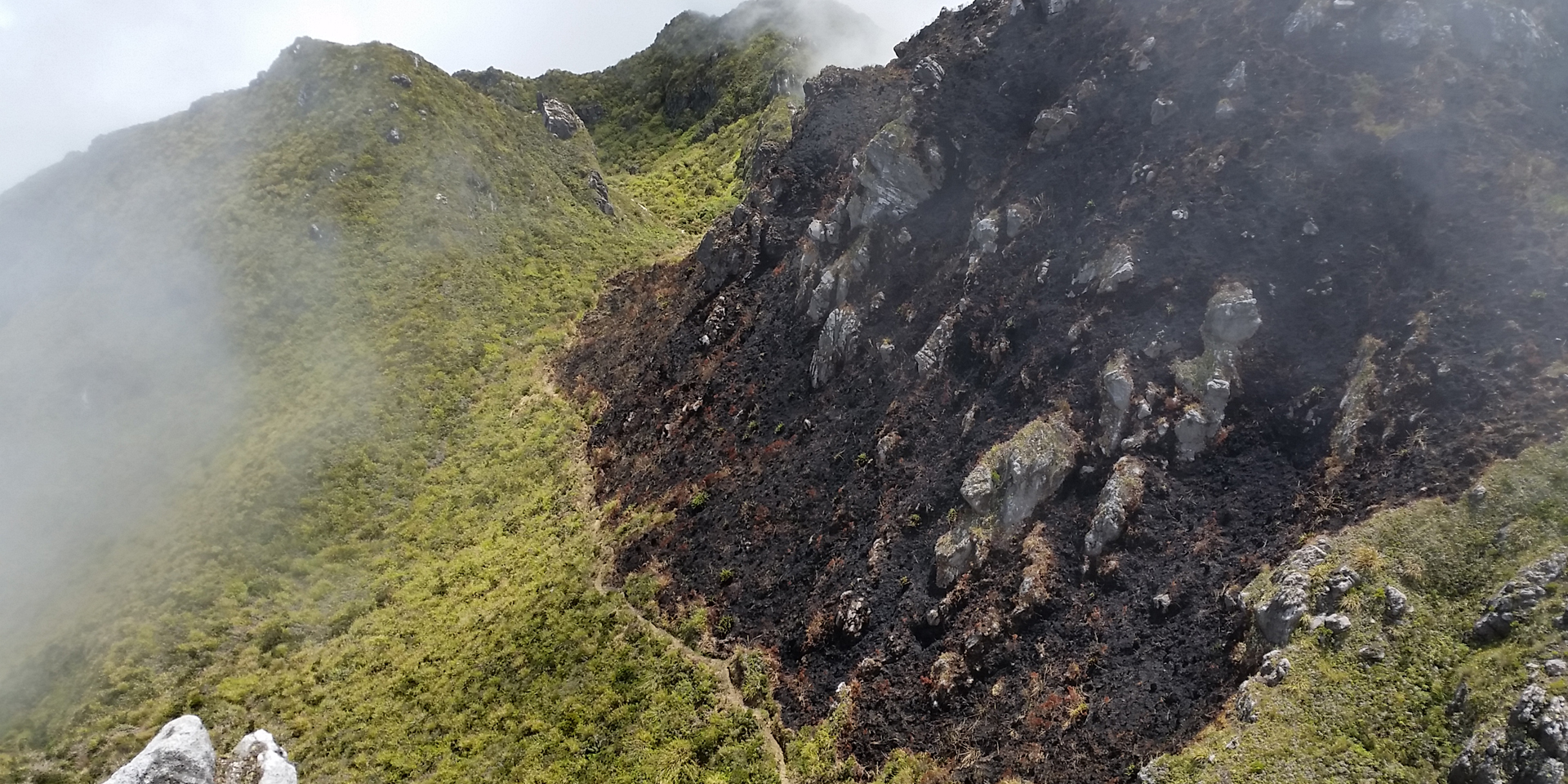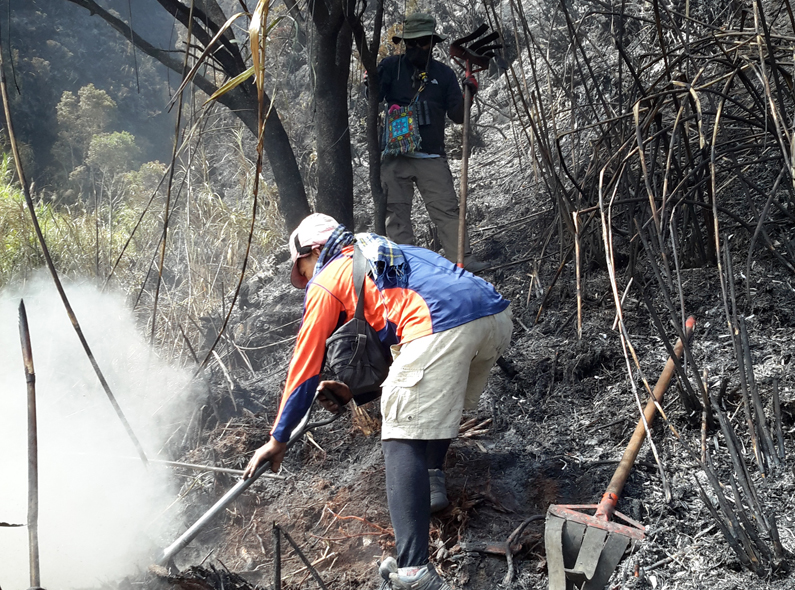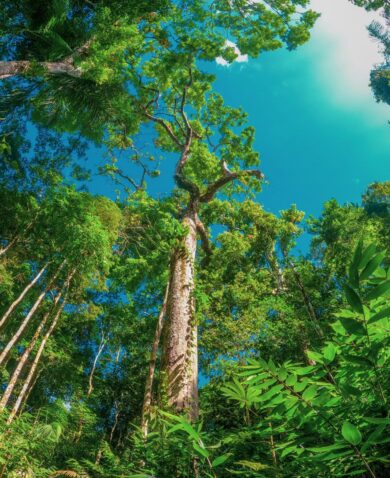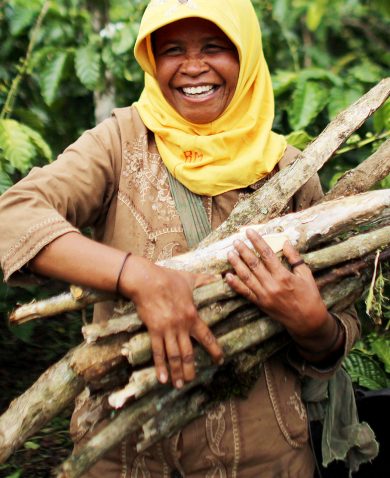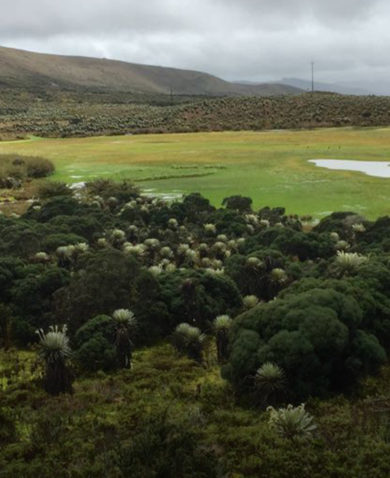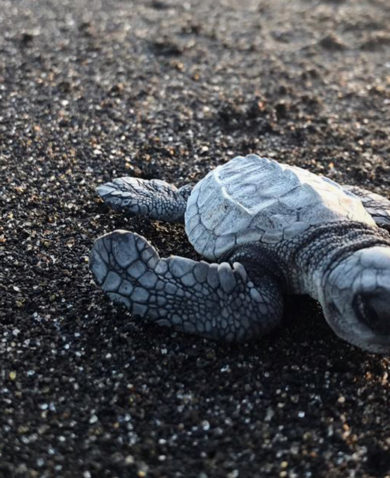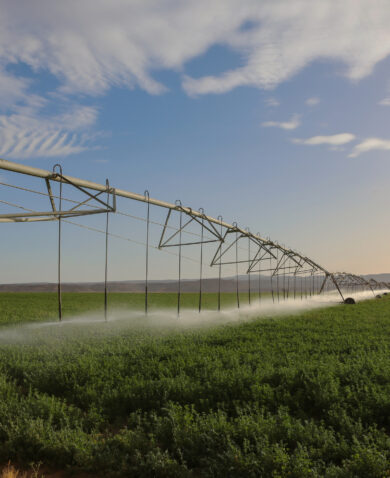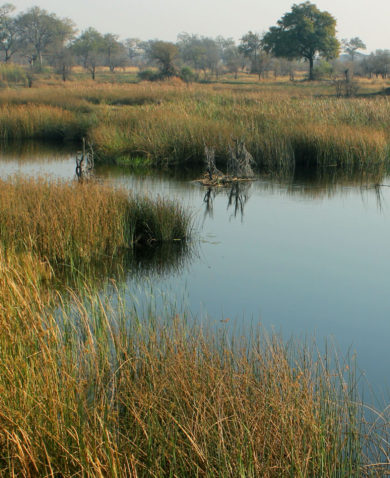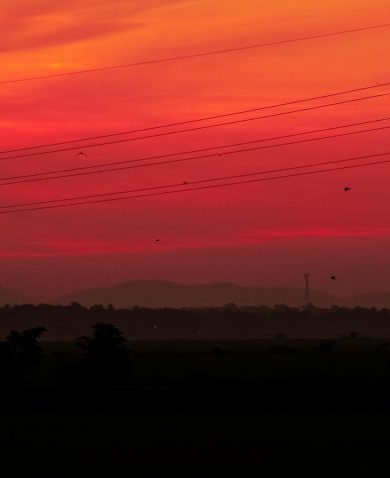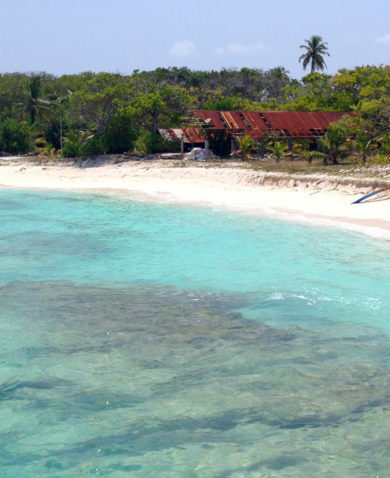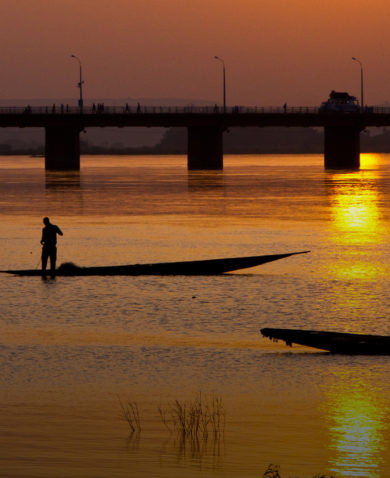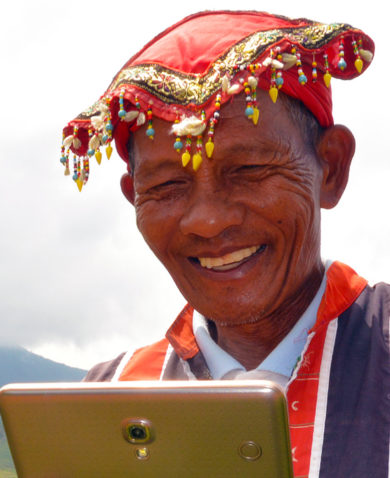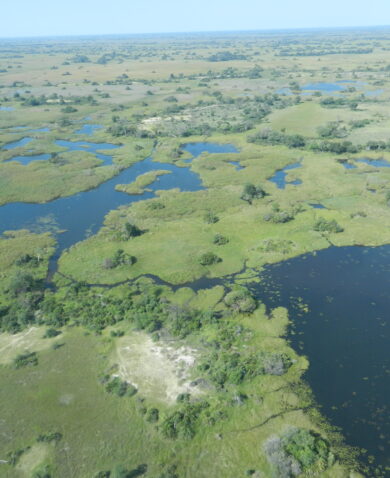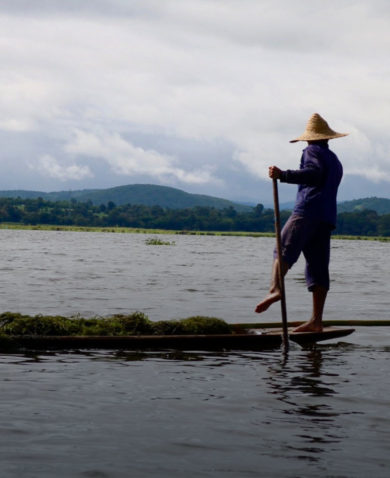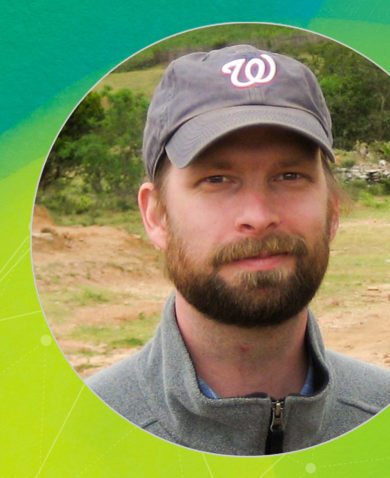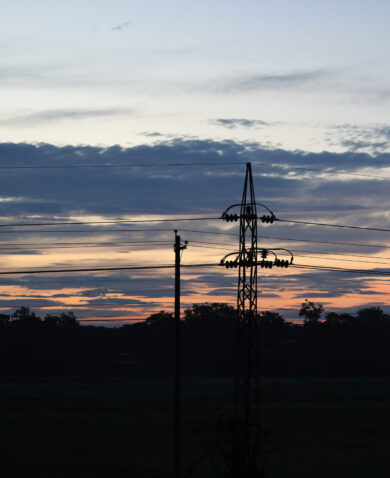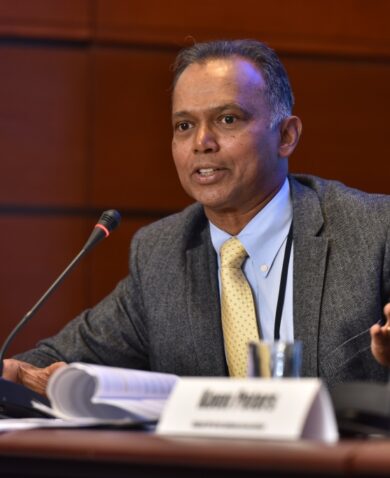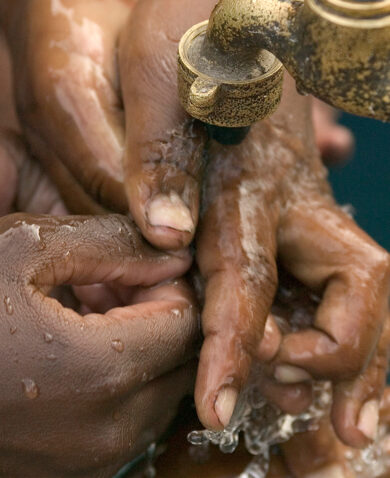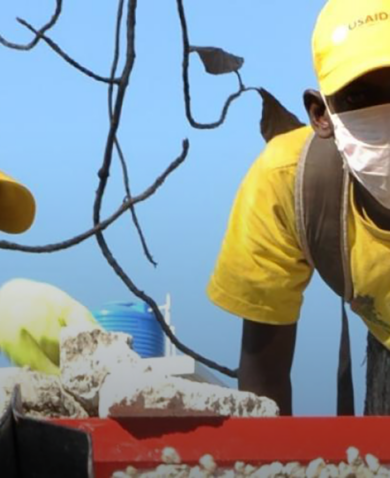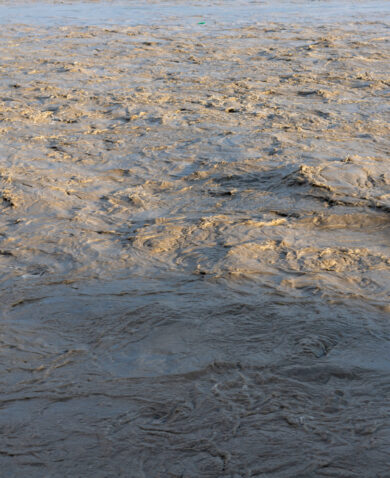A crucial first step was training personnel to prepare for and respond to wildfires. In partnership with fire experts from the U.S. Forest Service, B+WISER hosted a “train-the-trainer” program in July 2016 focused on wildfire prevention, suppression, and management.
The training session, which was an engaging combination of presentations, simulations, and role play, covered all aspects of wildfire preparedness, from forest fire management to fire response plans to recovery of damaged areas. Designed with the DENR, the session catered to the reality and conditions of wildfire preparedness in the Philippines.
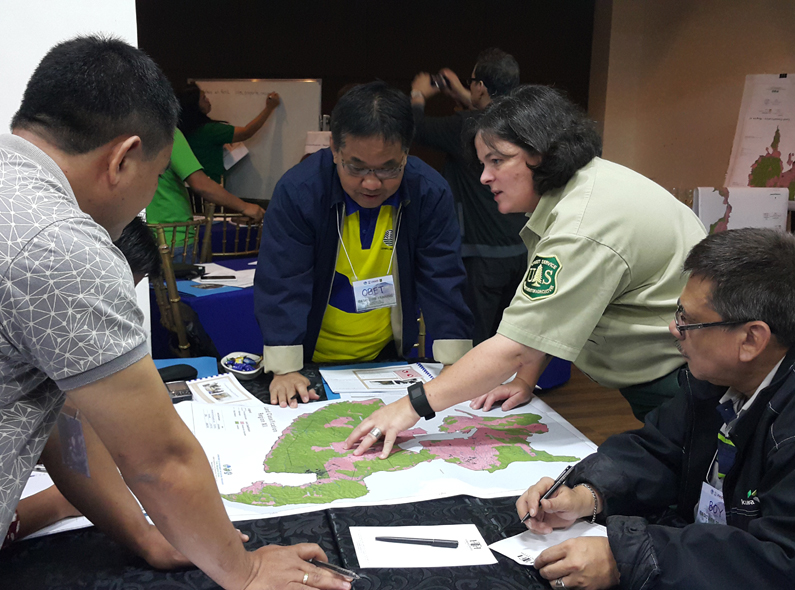
“The basic fire training of B+WISER is one learning event which should be conducted nationwide among DENR managers, field implementers, and on-site beneficiaries,” said Forester Jesse Vego, assistant regional director for technical services in DENR’s Western Visayas region, who participated in the training. “It should have been undertaken long ago. In that training not only was I made aware of the science and technique of fire-fighting but also on the administrative aspects of fire management.”
In one activity, the participants broke into seven groups and evaluated forest fire response needs in specific regions across the country. This required the groups to understand local areas of protection, ecosystem diversity, natural and manmade barriers to fire spread, and resource needs.
With a scenario-based curriculum, the session immersed participants in the complexities of fire management. While first responders fight the blaze of a wildfire, the Incident Command System (ICS) works behind the scenes as the Philippines’ management system for disaster response. The week-long session not only reinforced the role of the ICS, but also incorporated the various players that make fire management possible.
“Fire control is not only a technical skill. It is managerial,” Vego said. “In overall context, fire control involves governance where all stakeholders, on-site and off-site, must know their respective responsibilities, accountabilities, and spheres of influence.”
Each group of participants was asked to designate a fire commander, finance chief, public information officer, and roles for logistics, planning, operations, and safety. In addition, the groups were given limited resources for their forest fire scenario, which required them to embrace a national scale of wildfire response.
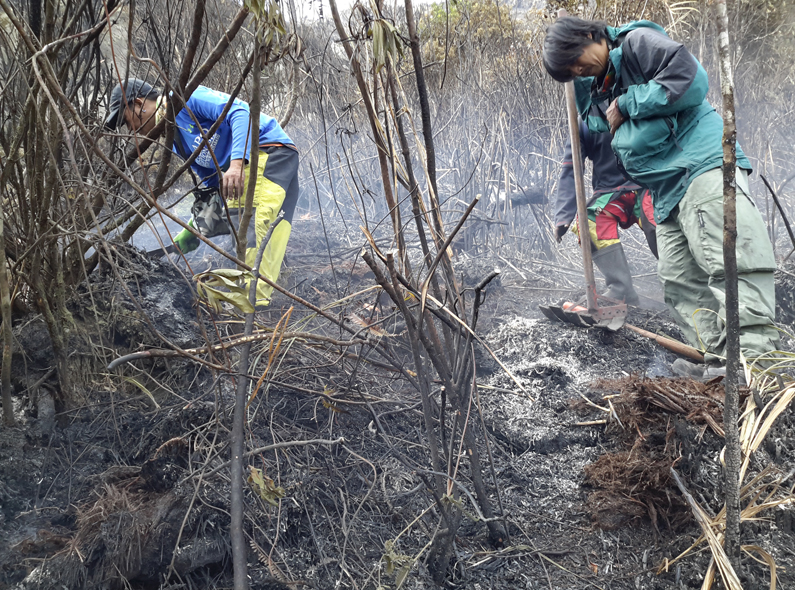
As participants outlined a course of action, they gained valuable insight on how to evaluate environmental conditions before the fire and how to foster community resilience in the fire’s wake. For example, during the wildfire on Mount Apo, indigenous communities and members of Mt. Apo’s porters and guide association, trained by B+WISER, served as vital first responders. So the session encouraged participants to think beyond government institutions while defining roles in a fire response plan. From local fire brigades to grassroots partners, the session recognized Filipino communities as an important collaborator in forest fire management.
Mount Apo’s Park Operations Superintendent Eduard Ragaza said that wildfire preparedness goes beyond government officials. “With this training, we can share what we learned with communities around Mt. Apo and encourage them to be our active partners in combating and even preventing forest fires.” As Philippine government officials and staff strengthen their capacity to prepare for and respond to wildfires, they recognize the importance of grassroots ownership of wildfire preparedness initiatives.

